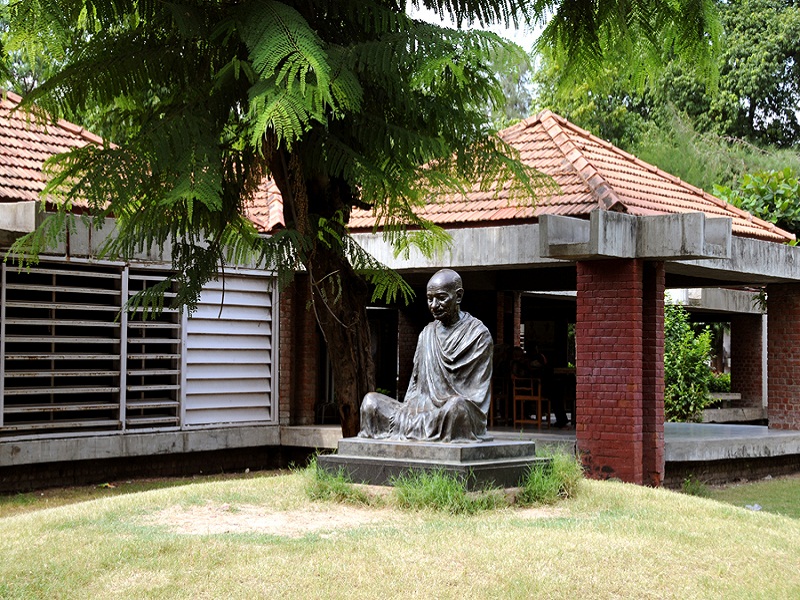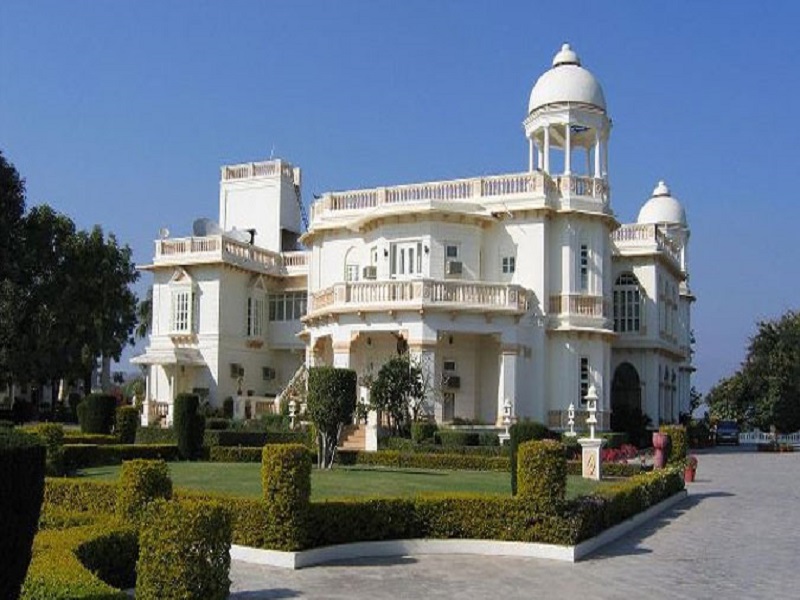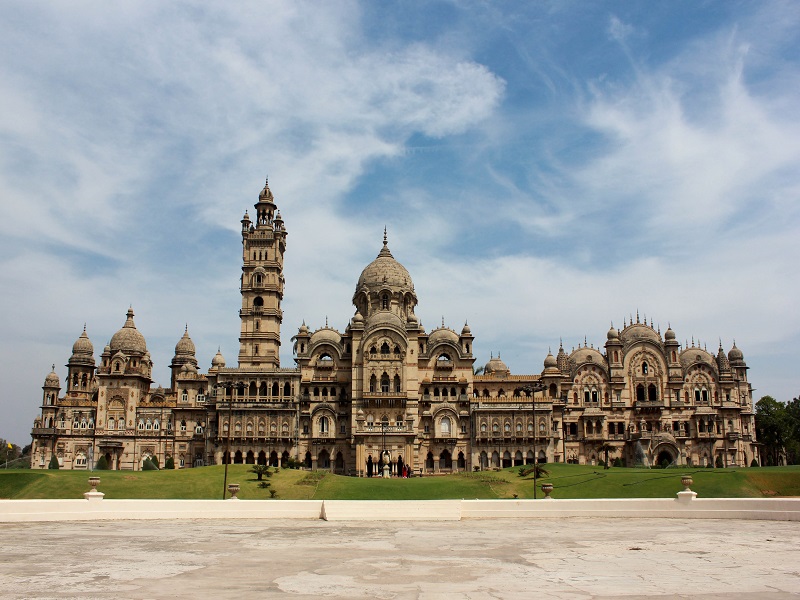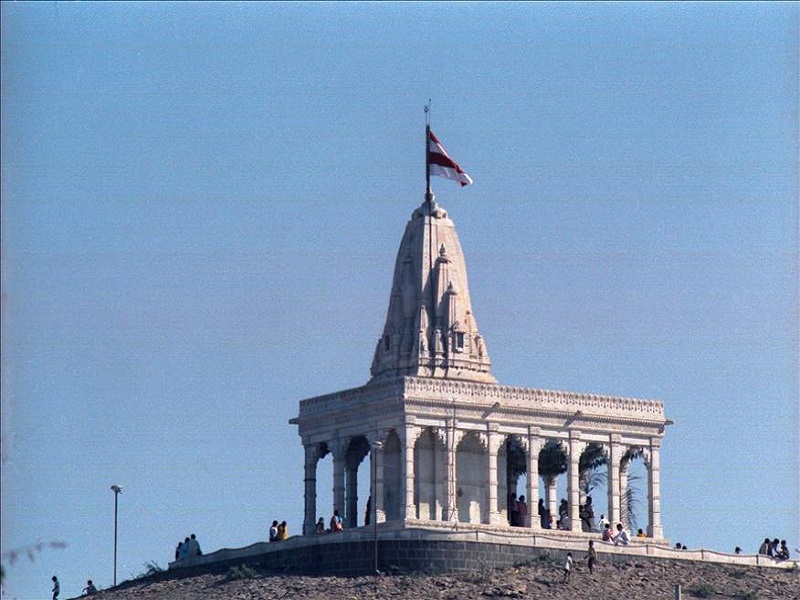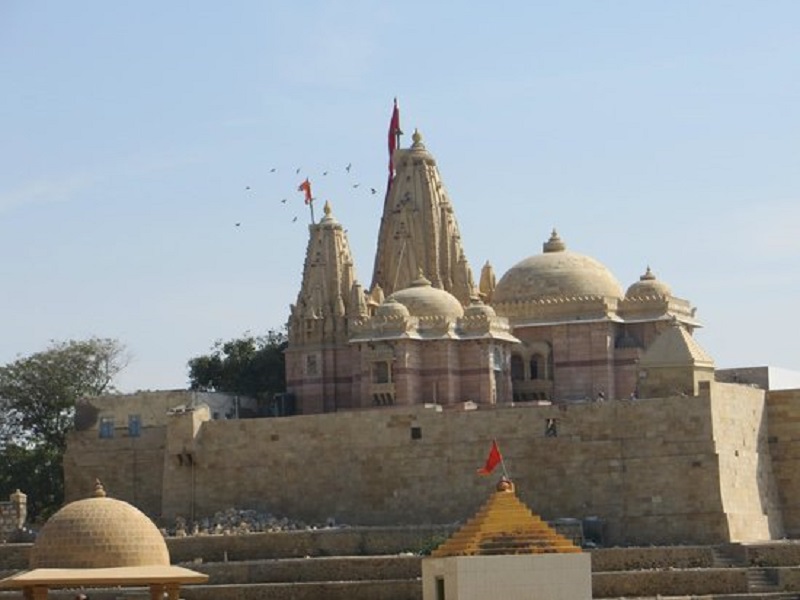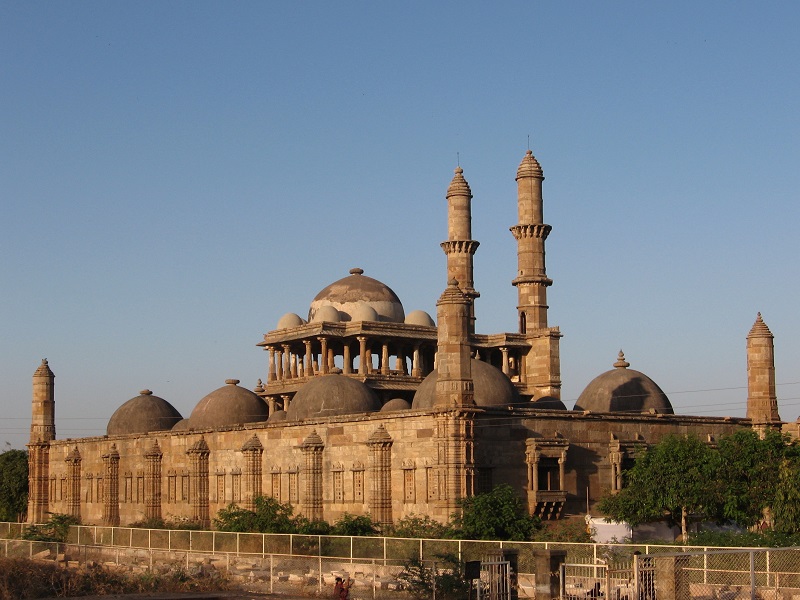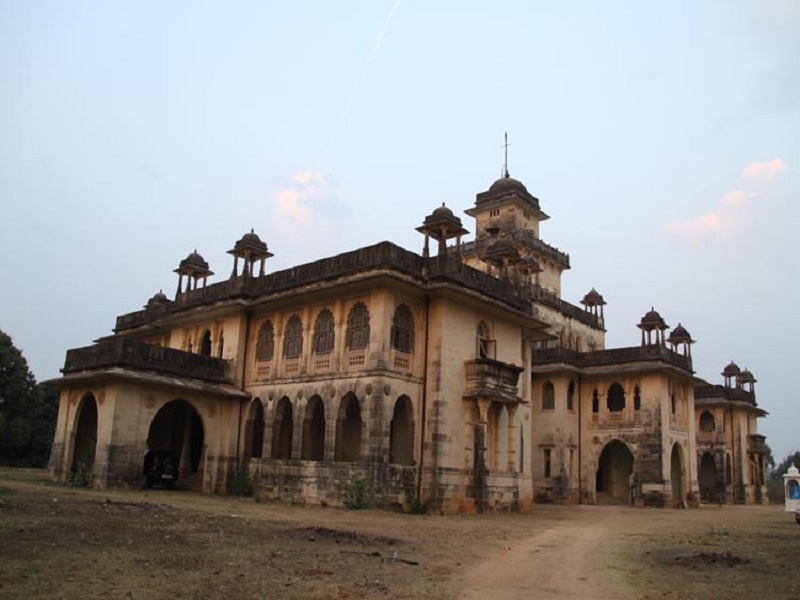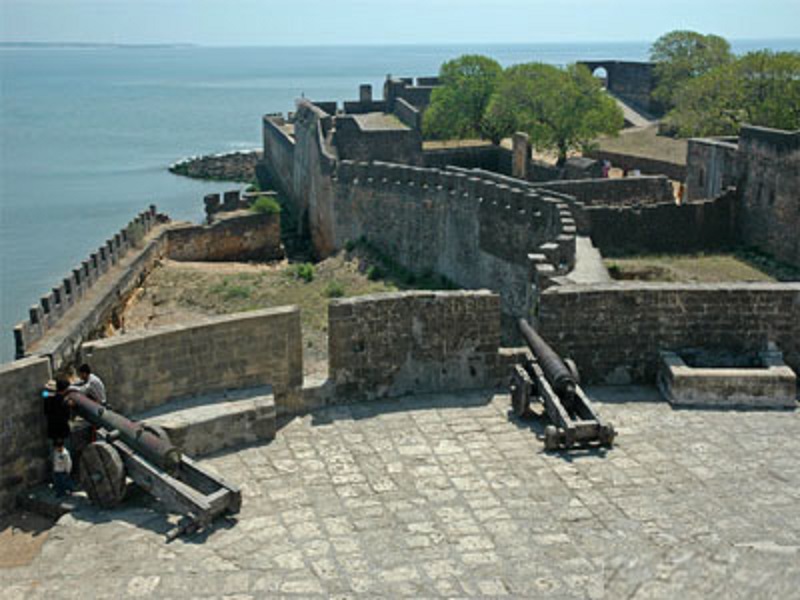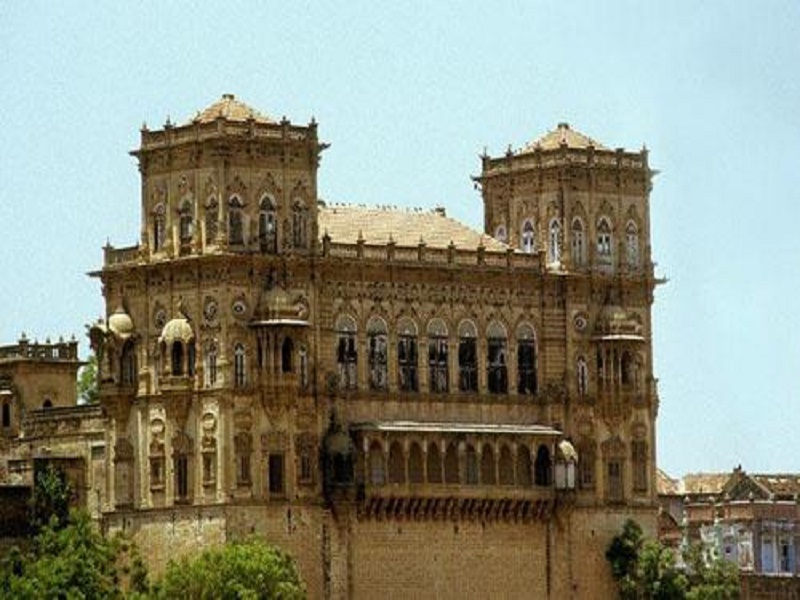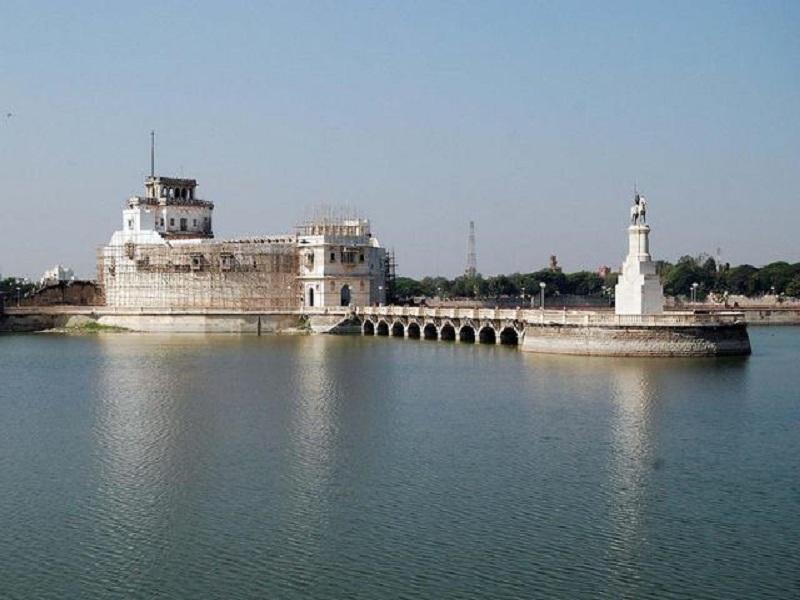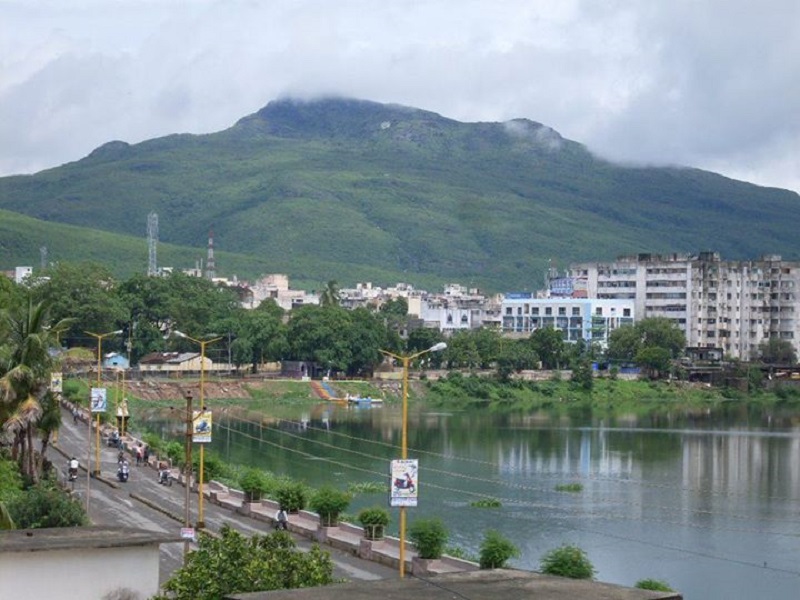Cities Of Gujarat
- Ahmedabad was founded by sultan ahmad shah in the year 1411 a.d with Blessings of his spiritual adviser shaikh ahmad khattu ganj baksha of Sarkhej at the site of an old town of ashawal and karnavati. Ahmedabad grew In wealth and splendour for a hundered years and became the centre of Skilled craftsmen and merchants. . .
- The historical city of Baroda is often referred as Vadodara- the place of Banyan tree. Prior to independence, it was the capital of princely Gaekwad State that gave rise to the great rulers like Maharaja Sayaji Rao III. He gave a distinct look to the city and today it is reputed as a pleasant city that offers some interesting museums and art galleries.Its also known for its university and its faculty of fine arts, An institution which has been responsible for the emergence of the vadodara School of contemporary indian painting and as a thriving industrail Centre. . .
- Bhavnagar was founded by bhavsinhji gohil in 1723 a.d. near the gulf of Khambhat on a carefully chosen strategic location having potential of Maritime trade. The gohil rajputs came to gujarat from marwar in 1260 a.d And had 3 capitals - sejakpur, umrala and sihor, before finally Establishing bhavnagar as their capital. . .
- It is an ancient fort located at the foothills of pavagadh. The town Derives its name from the champa tree or from champaraj - founder of the Town, a contemporary of king vanraj chavda of anhilwada. The entire Landscape for miles around is scattered with remains of fort walls, ruined Tombs, gardens, arches, pillars, and wells. Champaner reminds the visitor Of other such great deserted towns of india - mandu , hampi, orchha and Fatehpur sikri. . .
- The rathwa community stays in chotta udepur area of guajrat. They are Described as small & marginal farmers. Their supreme deity is baba dev. The Tribal people beleive in badhas and bhuvas are the people who remove them, Using religious rituals. Pithoro also know as " pithoro baba " is an Important deity of the rathwas. For the rathwas, this deity is very much Alive, pithoro withnesses all the good and bad events of their lives. Whenever a rathwa is in trouble, pithoro is invoked. . .
- Diu was a Portuguese colony until it was taken over by India in 1961 and was made a Union Territory rather than as part of Gujarat. The former colony includes the island of Diu itself, about 13km long and three km wide, separated from the coast by a narrow channel. There are also two tiny mainland enclaves. One of these, on which the village of Ghoghla stands, is the entry point to Diu if you arrive through the town of Una. . .
- In the 13th century, King Pethasinh of Pethapur, ruled over Shertha town. After the death of Pethasinh, the Sultanate of Patan used this land as battle ground. Sultan Ahmed Shah decided to move his capital from Patan to a new city, and built Ahmedabad. In 1960, Bombay state was split in two different states, Gujarat and Maharashtra. Ahmedabad became capital of Gujarat, and a new capital city was to be built on land which was once part of Pethapur state. . .
- Founded in 1540, Jamnagar is the Abode of the Jam- the Jadeja Rajput rulers of Nawanagar. The city was built around the small Ranmal Lake. For centuries it was renowned for its pearl fisheries, a naval base of some importance, and a certain type of tie-and dye fabrics. Today, it is more popular for having the only Ayurvedic University in India and a temple listed in the Guinness Book of Records. . .
- Junagadh, was the capital of the Junagadh state, under the muslim rulers of Babi Nawabs. In Gujarati " Junagadh " literally means ancient fort. The Junagadh town is located at the foothills of the sacred hill of Girnar and occupies a special place in the history of Gujarat. The history of Junagadh is chequered by the rules of the Mauryans, Kshatrapas, Guptas, Vallabhis, Chudasamas, Gujarat Sultans and Babi Nawabs. Junagadh, at different times in history, was under the influence of four major religions . . .

